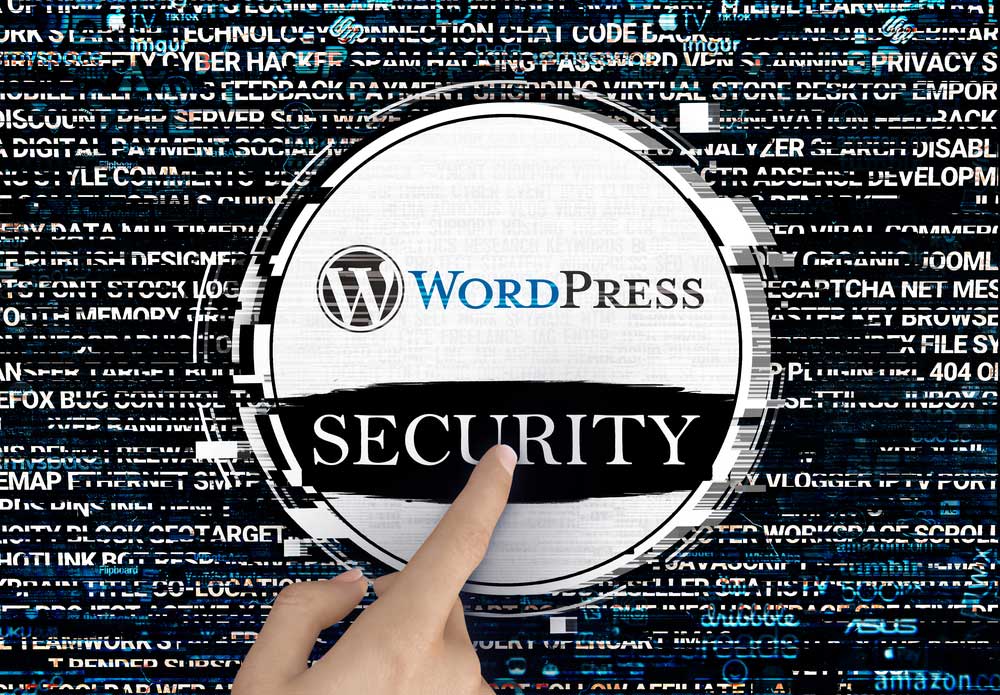In a digital landscape where cybersecurity threats are on the rise, it has become increasingly important to prioritize the security of your WordPress website. Protecting your site from hackers and malware intrusions is crucial to safeguard your data and preserve your online reputation. At Sunshine Coast Web Design, we are committed to supporting our clients with best practices and recommendations. In this blog post, we will discuss effective measures to enhance your WordPress security, with a special focus on utilizing a popular security plugin called Wordfence.
WordPress has emerged as one of the most popular content management systems worldwide, powering nearly 40% of all websites on the internet. being the most widely-used content management system, WordPress attracts the attention of hackers seeking vulnerabilities to exploit. By implementing robust security measures, you can significantly reduce the risk of a successful attack or malware infiltration.
One highly recommended security plugin for WordPress is Wordfence. It offers a wide range of features designed to protect your website against various threats. Wordfence includes a firewall, login security, malware scanner, and real-time threat intelligence. It continuously monitors your site for suspicious activity and provides valuable insights to enhance your security posture.
1. Regular Software Updates: Keeping your WordPress core, plugins, and themes up to date is crucial. Developers often release updates that address security vulnerabilities, so ensure you promptly install these patches.
2.Strong Passwords and User Authentication: Be diligent about using strong, unique passwords and consider implementing two-factor authentication (2FA) for an extra layer of security. This helps protect your site from brute force attacks.
3.Limit Login Attempts: Use the Wordfence plugin to limit the number of login attempts from a single IP address. This hinders hackers from repeatedly attempting to guess your login credentials.
4.Regular Backups: Regularly backup your website, including files and databases. In the event of an attack or malware intrusion, you can quickly restore your site to a previous state.
5.Content Delivery Network (CDN): Consider using a CDN to distribute your website’s content. This not only helps improve load times but also acts as a protective layer, often mitigating Distributed Denial of Service (DDoS) attacks.
6.Security Plugins and Firewall: Apart from Wordfence, numerous security plugins are available that provide additional layers of protection. These plugins help block suspicious traffic, provide advanced malware scanning, and blacklist known malicious IP addresses
